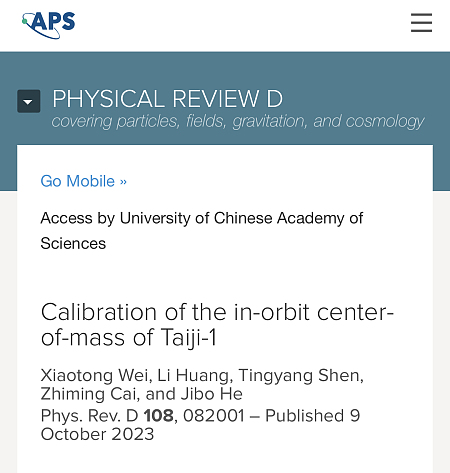Abstract
With high spatial resolution, polarimetric imaging of a supermassive black hole, like M87* or Sgr A*, by the Event Horizon Telescope can be used to probe the existence of ultralight bosonic particles, such as axions. Such particles can accumulate around a rotating black hole through the superradiance mechanism, forming an axion cloud. When linearly polarized photons are emitted from an accretion disk near the horizon, their position angles oscillate due to the birefringent effect when traveling through the axion background. In particular, the observations of supermassive black holes M87*(Sgr A*) can probe the dimensionless axion-photon coupling c = 2πgaγfa for axions with mass around O(10−20) eV (O(10−17) eV) and decay constant fa < O(1016) GeV, which is complimentary to other axion measurements.
 |  |  |
DOI:10.1103/physrevlett.124.061102
https://arxiv.org/pdf/1905.02213.pdf





